More dams for Matabeleland fisheries
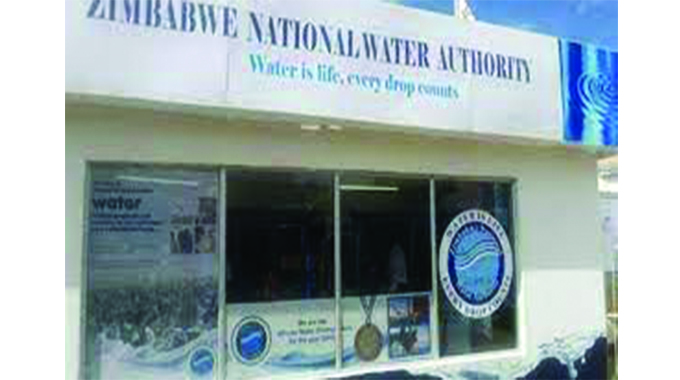
Sikhumbuzo Moyo, Senior Reporter
GOVERNMENT has increased the number of dams in Matabeleland under the Presidential Fisheries Programme to 122 from an initial 12 with US$15 million set aside as the Second Republic seeks to achieve a 60 million fingerlings mark by 2025.
Under the scheme, 50 000 farmers across the country will benefit.
Before the programme, Matabeleland region had just over 20 fish farmers, but the number has since increased to 130 with more still expected to come onboard as interest in fish farming continues to increase due to the Government’s bold move to promote the industry.
The Ministry of Lands, Agriculture, Fisheries, Water and Rural Development, in collaboration with the Zimbabwe National Water Authority (Zinwa) has identified 1 200 dams and other water bodies across the country with each dam set to be fed with 50 000 fingerlings by 2025 as Government moves towards a US$8,2 billion agricultural industry economy, contributing 20 percent of GDP by 2025.

The programme will also see the country increase its annual fish production from 20 000 tonnes to 60 000 tonnes.
Dam management committees that will give technical support to households participating in the programme have been put in place and these committees will run the day-to-day operations at the respective dams and water bodies to ensure maximum utilisation in the programme that is targeting both domestic and commercial consumption.
Participating households are expected to have sex-reversed fingerlings that will be harvested later.
Sex reversal involves the treatment administration of male steroid to recently hatched fry so that the undifferentiated gonadal tissue of generic female develops testicular tissue, thus functioning reproductively as males.
Government is also looking at setting up processing plants or companies within the respective provinces especially in hotspots where there is a lot of fish production with farmers harvesting and processing them into fillet and any other products.
The programme will lead to fulfillment of the Vision 2030 objectives that include import substitution through improved food and nutritional security, employment creation and improved income.
The acting director for fisheries and aquatic resources in the Ministry of Lands, Agriculture, Fisheries, Water and Rural Development, Mr Tinashe Makumbe said a total of US$15 million has been availed for the project.
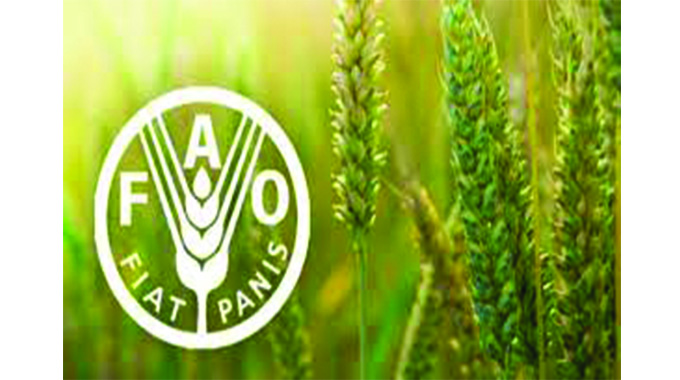
Food and Agriculture Organisation (FAO)
“The fisheries project comes soon after year 2022 was declared the International Year of Artisanal Fisheries and Aquaculture by the United Nations General Assembly. We have 122 dams in that part of the country and at the moment there are 130 farmers that will be part of the programme, but I can confidently say that more farmers are expected to come on board as more and more players are showing great enthusiasm towards the programme,” said Mr Makumbe.
“The country is producing roughly 20 000 tonnes annually against a projected demand of 60 000 hence this ambitious programme which we are convinced will result in the nation meeting the projected demand.”
According to the United Nations Food and Agriculture Organisation (FAO), aquaculture in Zimbabwe is struggling to reach its full potential despite the technical progress.
FAO notes that fish is a very important economic product in Zimbabwe as a source of income, livelihood and employment creation yet the fisheries and aquaculture sectors have not been able to reach their full potential in terms of utilising the growth opportunities and downstream benefits to the communities. Per capita fish consumption in the country is 2,6 kg, well below the average in other Southern African states whose per capita consumption is 6kg.
Former Zimbabwe Commercial Farmers Union president Mr Donald Khumalo last week told Chronicle that there is a lot of excitement among farmers in the region and they were looking forward to working hand in hand with the Government towards meeting the projected Agriculture and Food Systems Transformation Strategy that seeks to achieve an US$8,2 billion agricultural industry by 2025. — @skhumoyo2000


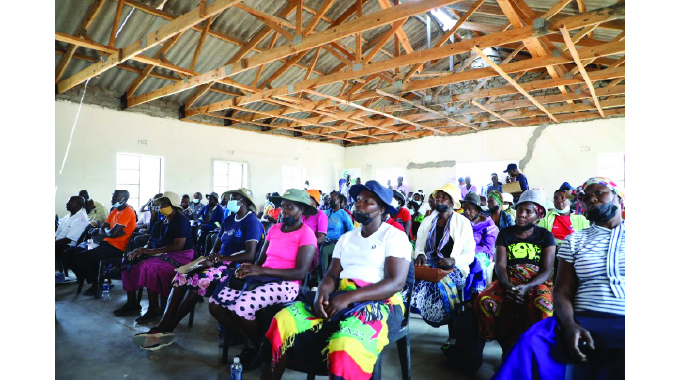
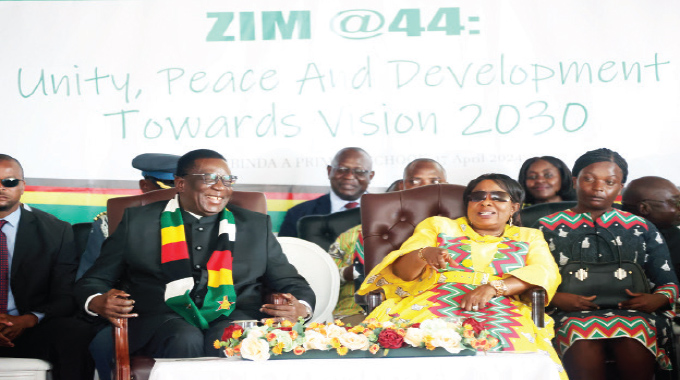
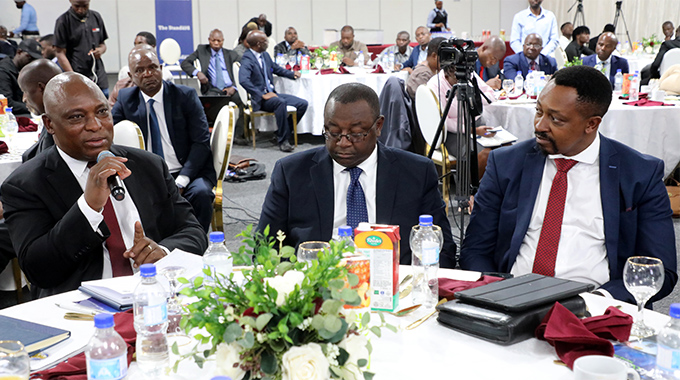






Comments